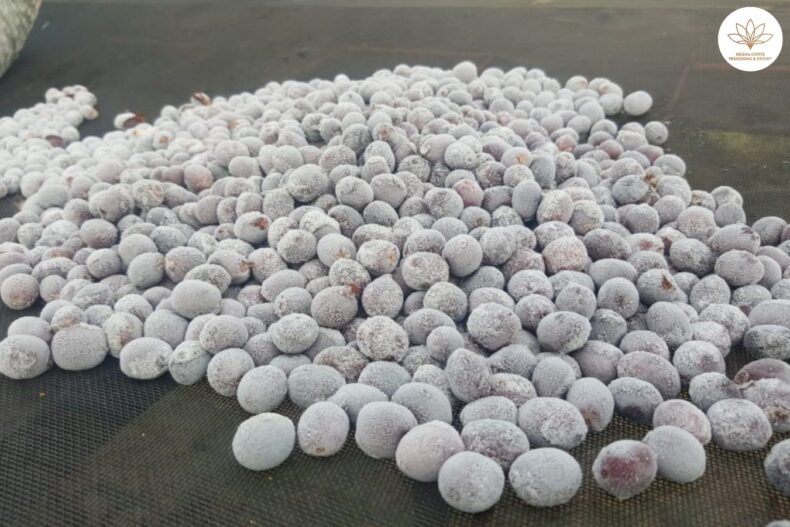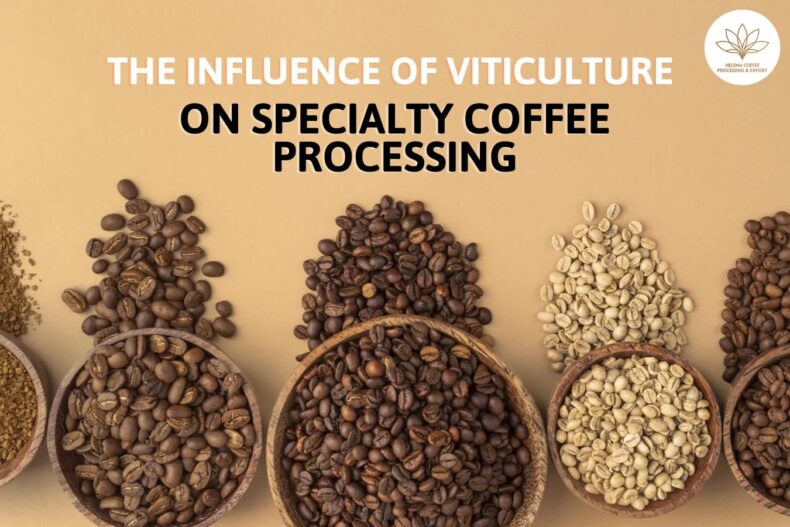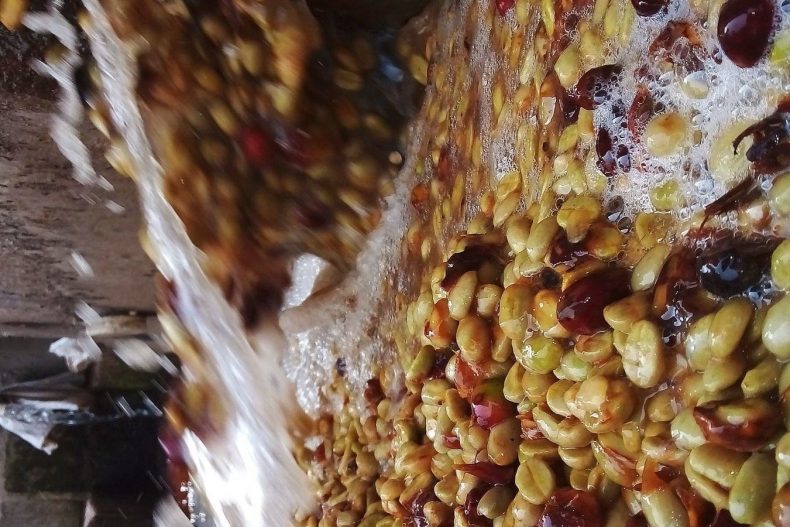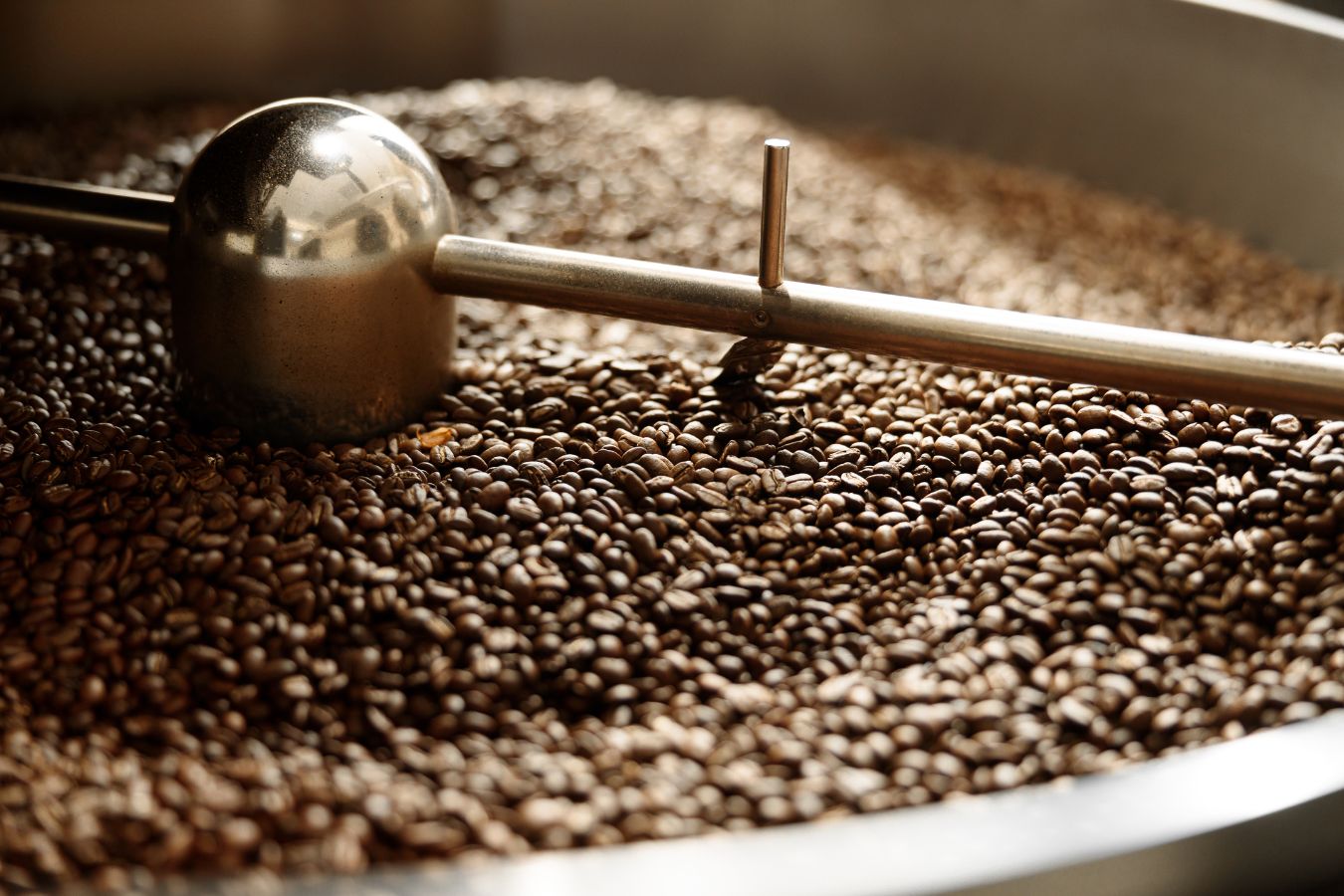
Four Main Coffee Processing Methods: The preliminary stage of coffee processing is often overlooked when creating coffee beans. However, this stage is just as important as roasting or extracting. It’s the key to getting a better understanding of coffee. Let’s learn about the Four main coffee processes with Helena.
When farmers talk about coffee, they often talk about how bright and dark the roasting method is or the origin of the coffee. Many factors determine the deliciousness of coffee beans, but one element is essential but rarely mentioned in the discussion – the stage of coffee processing.
Unlike blenders or brewing methods – the way to push the taste in a specific direction; processing processes with their uniqueness, can create more prosperous, more diverse coffee flavors. Fifteen years ago, most specialty coffee on the market was wet…
But in recent years, new methods of coffee processing have been widely adopted by farmers, exporters, and roasters, which has been described as revolutionary. More and more experiments are being done around the world. It is easy to see that the difference between good and world-class coffee depends greatly on the processing.
The stage from coffee berries to coffee beans
The coffee fruit turns from blue to red on the tree and grows slowly until harvest.
Harvest: All standard ripe coffee will be harvested.
Process: After that, they are put into processing. In essence, the processing is all stages of removing the outer shells of the nucleus and drying to prevent mold or fermentation. There are three main methods of processing coffee: Dry, wet, and semi-wet (honey).

Drying: The final step in processing is to remove the thin but tough film outside the coffee kernel.
Coffee beans: As a finished product obtained after processing, there is a humidity of about 10-12% and must be carefully stored.
Roast: The coffee is supplied to roasters and stored for almost one year.
Four main coffee processing
There are many ways to make coffee, but the three most common methods are dry, wet, and semi-wet.
Each processing method affects the taste of coffee beans very differently, so if you want to understand the characteristics of the coffee you have, you have to pay attention to this stage.
In the following sections, we will learn more about each method.
Dry processing
The oldest method of processing – dry processing, also known as natural processing
This is the most rudimentary and fundamental way of processing. The coffee fruit is harvested and dried on the sieve or terrace in the sun.
When the correct humidity is reached, the coffee fruit will be separated from the crust and meat of the coffee fruit. Usually, this process takes 2-4 weeks.
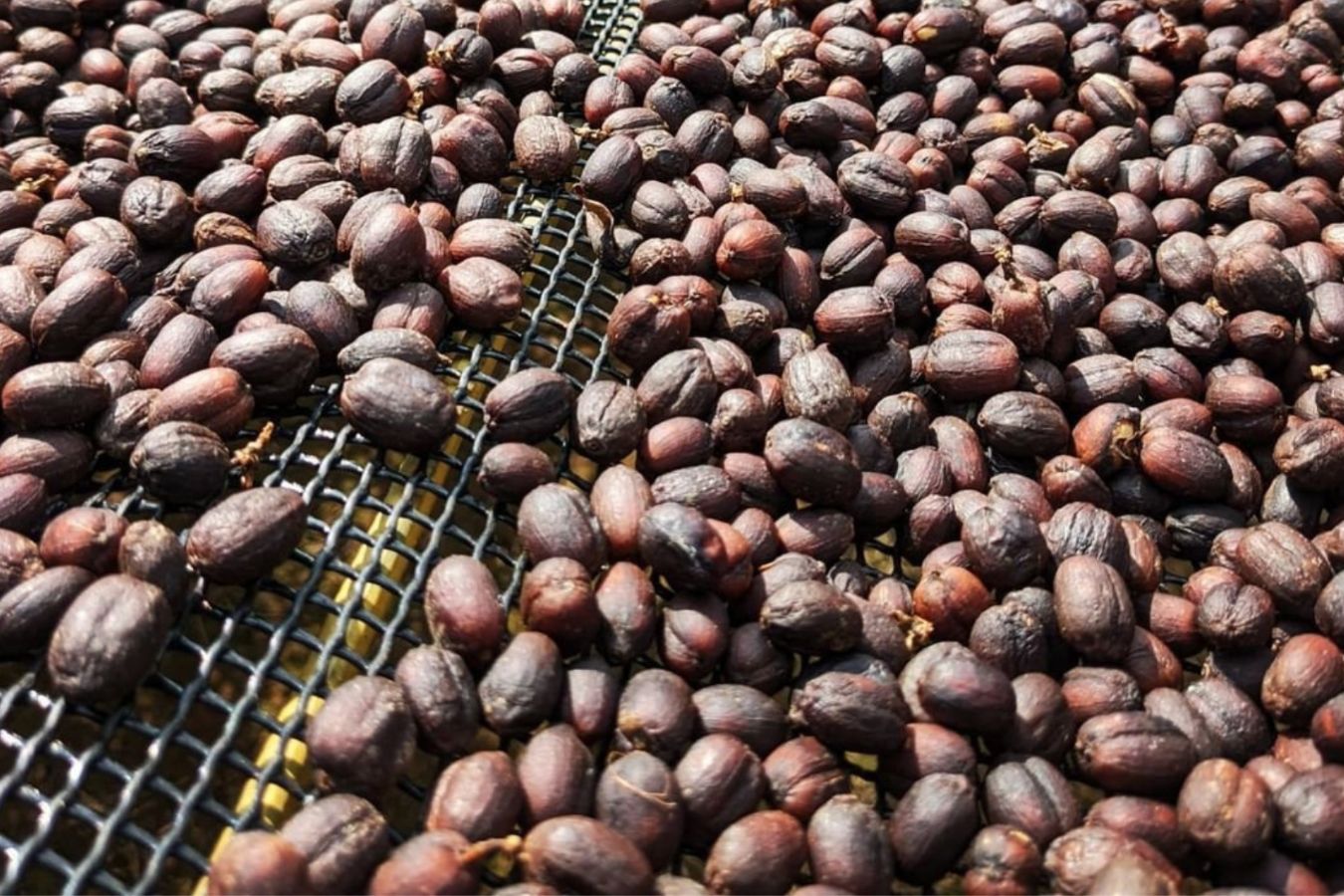
Historically, naturally processed coffee has been underestimated for not removing practical but wet-processed portions. Many factors can affect the quality of coffee, so farmers always have to pay attention to the condition of the beans to avoid mold or over-fermentation.
Wet processing
Wet processing is the most common and compatible method
For wet processing, product quality is more assured. This is done in specialized factories. Unlike Africa, in Latin America, there are often its processing stations on large farms.
Coffee berries after harvest are soaked in water to distinguish between the primary fruit and the defective fruit. Unqualified fruits will surface and be removed immediately.
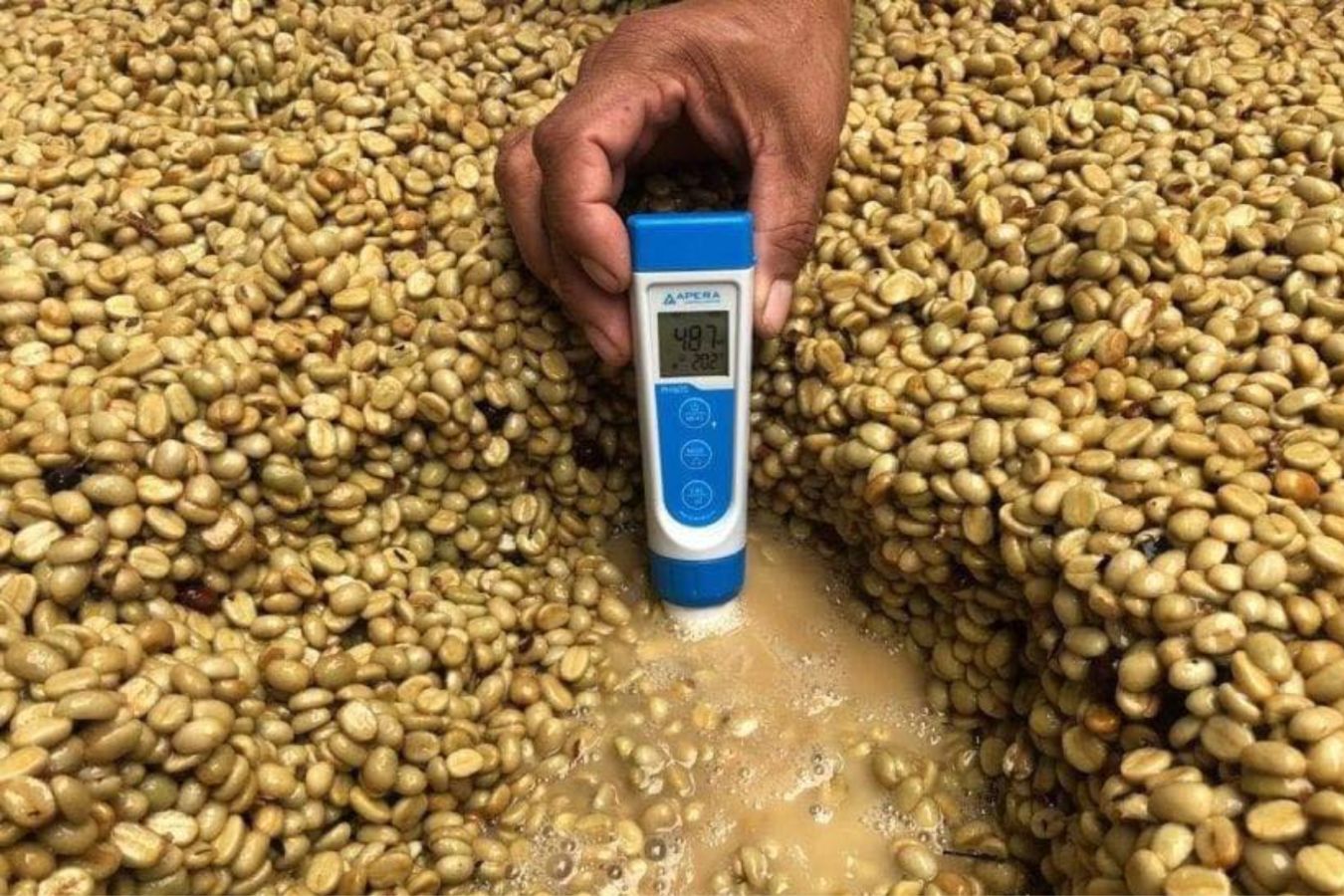
The mucus layer on the coffee beans will be removed after fermentation in the water tank from 8-50 hours. The fermentation time depends on the equipment, climate, and the manufacturer’s needs.
After this process, the coffee beans are washed and dried until 10-12% humidity is achieved.
Semi – Wet Processing
This treatment first appeared in Costa Rica about 15 years ago.
The coffee is peeled and dried while still mucous. Semi-wet processing, also known as honey processing, has no direct connection to the creation of honey. The name is derived from Costa Rica, where farmers compare sticky mucus that tastes sweet on honey-like coffee beans — “mielel” in Spanish.
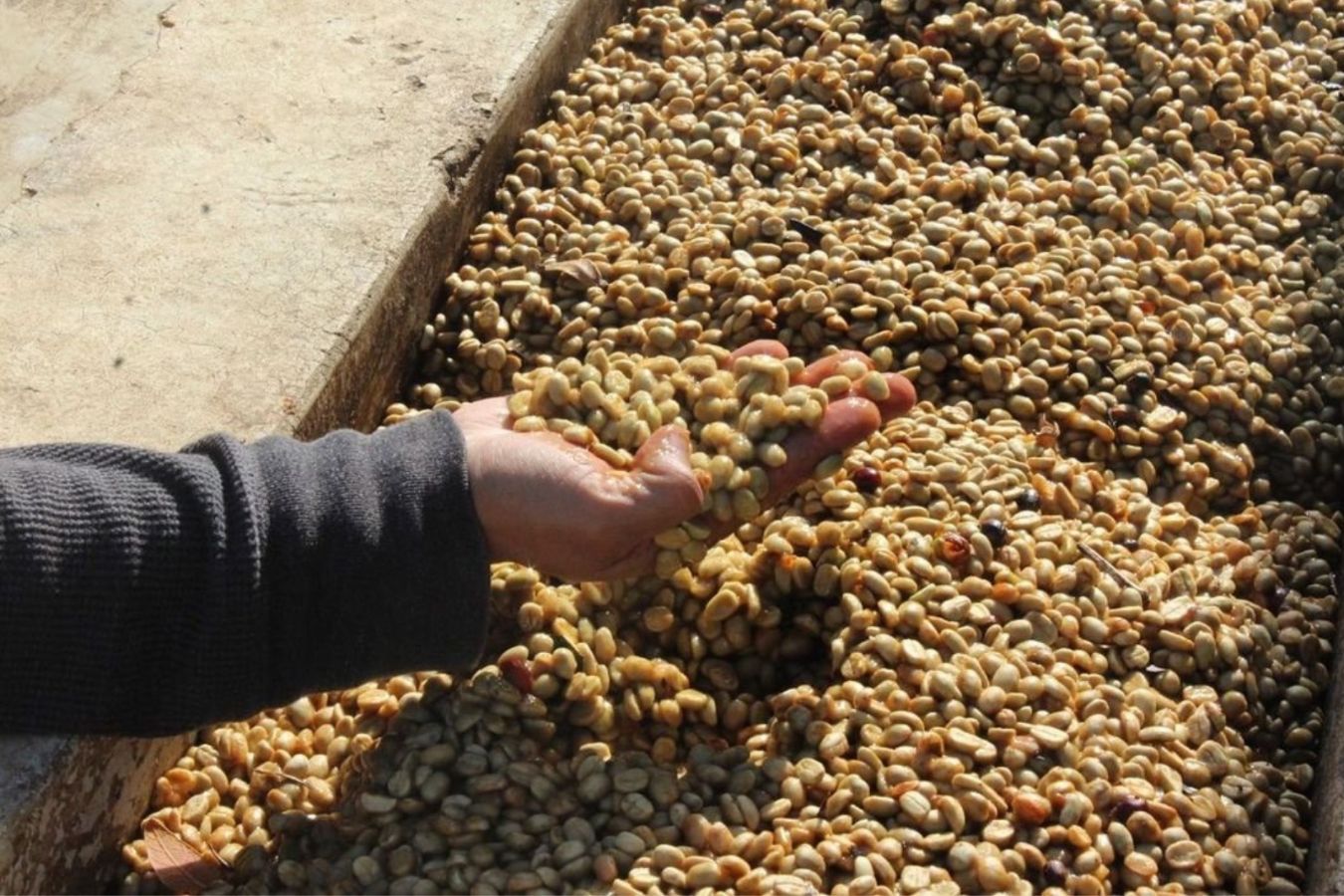
Strangely enough, coffee tends to be sweet and fruity, so the name in this way also makes absolute sense. In recent years, semi-wet processing has become popular and combines the good sides of wet and dry processing methods.
Other methods
The majority of coffee produced globally is processed under the three methods mentioned above. However, many new techniques are being studied.
Many people still prefer to use traditional processing methods, but many also aim to learn and develop advanced strategies to adjust the taste and fermentation process. New changes in the coffee processing process are only the beginning of a big step forward in the coming time.
